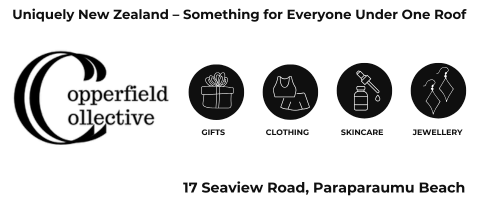The names of the commonest seabirds are easily found, known to most of us, but some of those names give the birds a rotten deal. Take the seagull, for instance: it claims our attention the moment we step on the beach, struts importantly about, and pecks and squawks, challenging us in wide-eyed fashion. Flying high it drops and cracks a shellfish on the sand. With the prey opened, the quarrelling begins. On the whole they’re not attractive birds and their name is a positive insult: gull, a word of Celtic origin means ‘stupid’… Of course, if you’re – gullible – you’ll willing to swallow anything. Gulls have their uses though: cleaning up the beaches and our rubbish dumps.
By contrast, their cousins the terns exhibit sheer elegance. With small, slim bodies palely grey, tails forked and wings long and narrow, they swoop and turn in small flocks, elegant and graceful. They are superb at fishing, hovering over the sea, to plummet, swift and smooth into the water and emerge triumphant, fish in beak. The name is of Scandinavian origin, and has long been in our language. There are many types: arctic tern, common tern, fairy tern, Inca tern, marsh tern, roseate tern, Sandwich tern, sooty tern etc.
The Petrel has many species. It was named in the 17th century petrel (or pitteral). Though sometimes blown onto shore, it is truly a sea bird, and forever associated with St Peter, who tried to walk upon the water when Christ called to him (Matthew 14-30). This small, long-winged bird flies far from home and in flight it appears to skim the water, rising and falling, as if it were walking on the ocean. Hence the association with Petrus – Peter the apostle.
The Mollymawk, (also mollymuck), a small kind of albatross, has several varieties. Albatross is reserved for larger birds, mollymawk for smaller varieties but a mollymawk is forever saddled with a name that mocks translating as: mal foolish + mok gull coming from Dutch. So it seems it is doubly foolish!
Albatross was originally named in Arabic, alcatraz, the pitcher. A very descriptive name for this magnificent bird. Because of its wide, white wingspan this became albatross, from Latin, albus, white.
Oyster Catcher is a colourful name, but a misnomer. The bird is black, sometimes black and white, and has a strong, compressed bill, excellent for cracking shell fish. Both bill and feet are brilliant red. The birds strut proudly about, unaware that their name is wrong – they feed on limpets and mussels; rarely on oysters!
The Pied Stilt no complaint here, for this is a dainty bird, and goes about on stilt-like legs; and with markings of two (or more) colours – it is ‘pie’ as in magpie or the Pied Piper. It frequents lagoons, river beds and marshy places and is sometimes seen on the shore.
Perhaps the Shag takes the cake, for its name can mean: roughly matted hair or wool, a tangled mass of shrubs, a strong kind of tobacco cut into shreds. Shaggy can refer to rough land, course hair and to some mushrooms; and we have shag pile rugs and the shaggy story; all in all this is not a pretty word. So our thoughts go out to the shag, often seen ‘hanging out its washing’ so to speak that is, sitting by the hour on some rock, its wings spread wide, while it patiently waits till those wings dry. Nothing too sleek about this bird. It’s shaggy indeed.
Generally plovers are shore birds, often with a round head, straight bill and large pointed wings, plump breasted with a pigeon-like bill; but, for it’s love of water it’s named simply ‘rain-bird’ from Latin pluvia, rain.
One of its cousins is the dotterel, a plump little bird, comical in its movements, darting about in a stop-start fashion. For all its pretty appearance it’s named for being ‘dotty’, silly, stupid – thought to be so because it’s so easy to catch. Dotterel can also mean a person, one who is foolish or easily duped; and the very old are said to be in their dotage.
Names and small descriptions are easy enough to gather, but can anyone, please, tell me where the seabirds go when they die?




